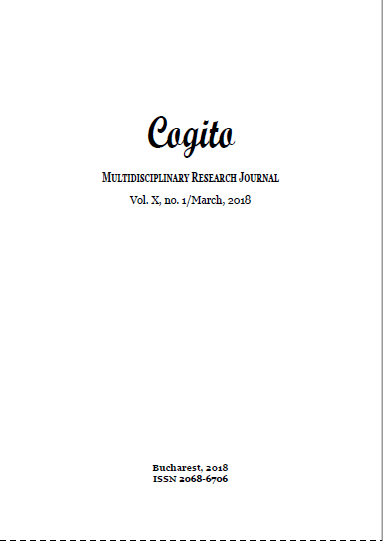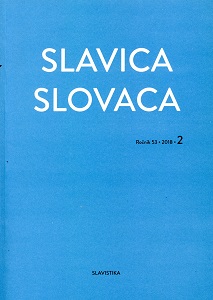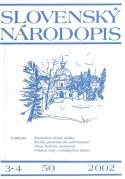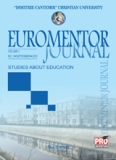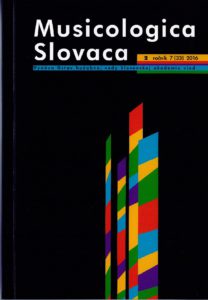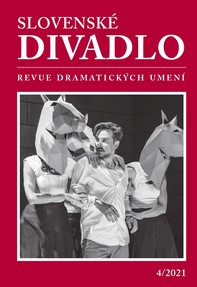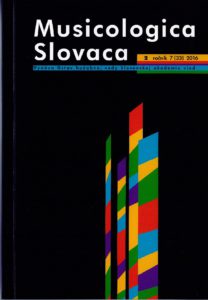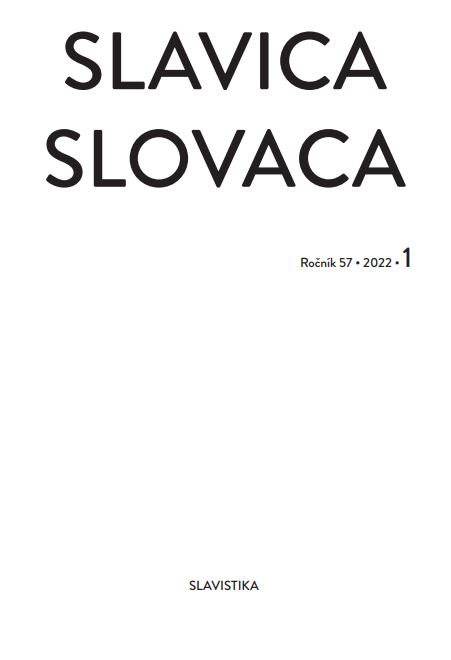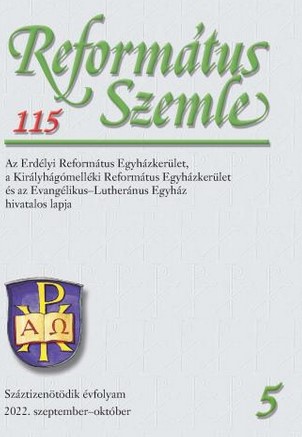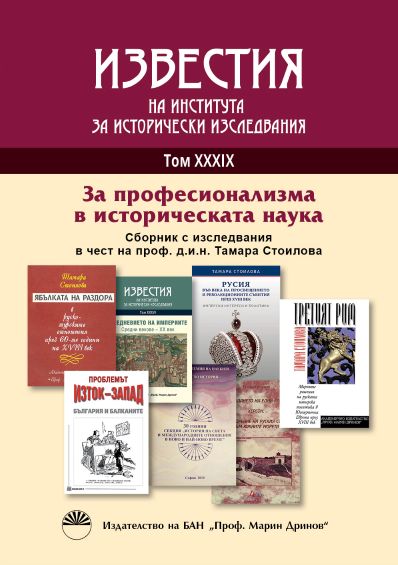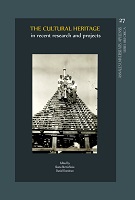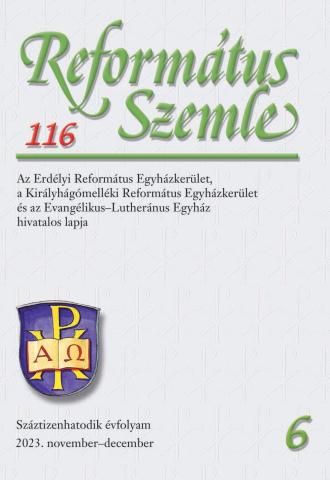Author(s): Jüri Viikberg / Language(s): Estonian
Issue: 1-2/2025
This article examines the arrival of German loanwords into Estonian through a small selection of once-exotic fruits of foreign origin (pear, plum, damson, cherry, lemon, bitter orange, and orange) alongside the potato, a vegetable of American origin. Linguistic data provides insight into when these foreign fruits and plants appeared on our tables and in our gardens, as well as the forms these loanwords took in Northern and Southern Estonia, two historical provinces with distinct dialects and written languages. The adoption of new fruit names in Estonian reflects long-term linguistic processes. In the early stages, native vocabulary was often preferred over foreign words. For example, Marja puh (1637), meaning ‘pear tree’, introduced the unfamiliar fruit by paraphrasing it with the native word mari (‘berry’). Another method of naming foreign species involved associating them with their country of origin. Since many southern fruits arrived in Estonia via Germany, Heinrich Göseken, for instance, referred to the pear as Saxa marri Oun and the plum as saxa mah marri (1660). Such explanatory names sufficed temporarily but did not endure over time. A third approach to word formation involved borrowing directly from foreign languages, initially mainly from Low German (e.g., Karsberi marri < kersebere), followed by Baltic German (e.g., kreek < Kreke, pombre marja < Bumbeere), and later from standard German (e.g., kirss < Kirsche, sidrun < Zitrone). Some of the borrowed names fell out of use (e.g., orans ‘orange’, maaõun ‘potato’), but others that entered common usage were gradually adapted to fit the Estonian linguistic system. Repeated borrowing is a well-known phenomenon in this context, occurring in different regions or at different times. For instance, the term for ‘cherry’ appeared as Karsberi marri in Kadrina (1637), Wissila Marri in Urvaste (1648), and Kirsimarri in Pärnu (1720–1730). Thus, the tree and its fruit were named differently in Northern, Southern, and Western Estonia, influenced by the contact languages prevalent in these regions.
More...
